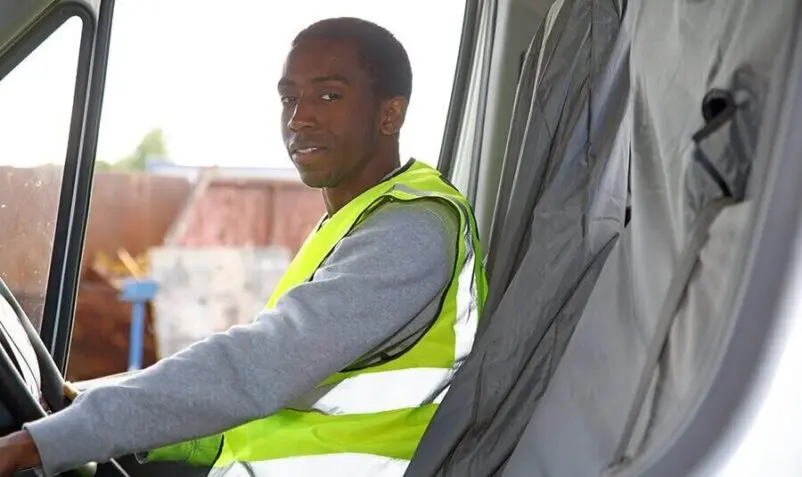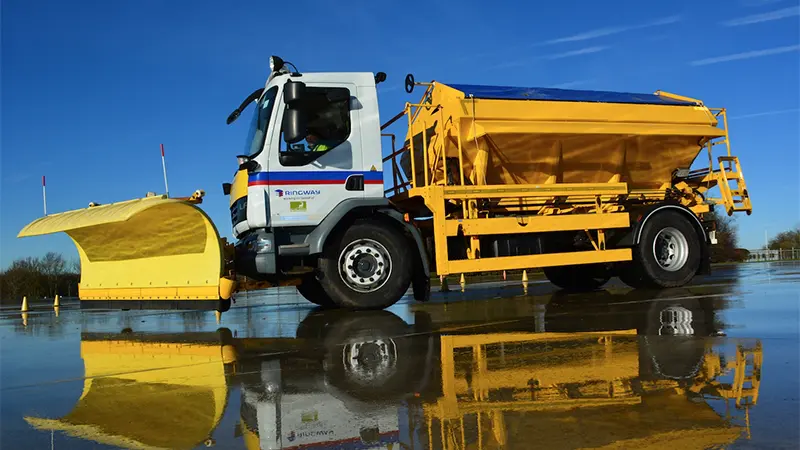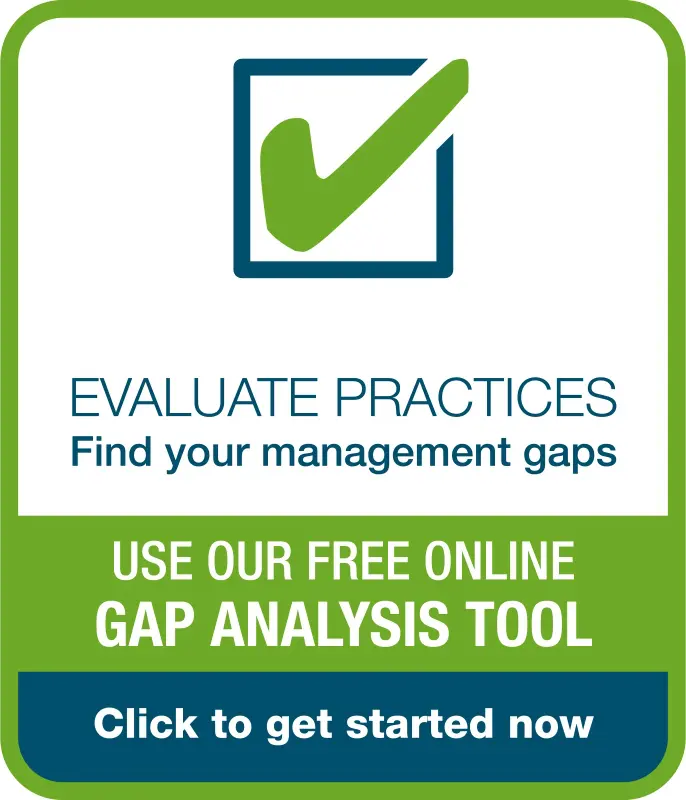
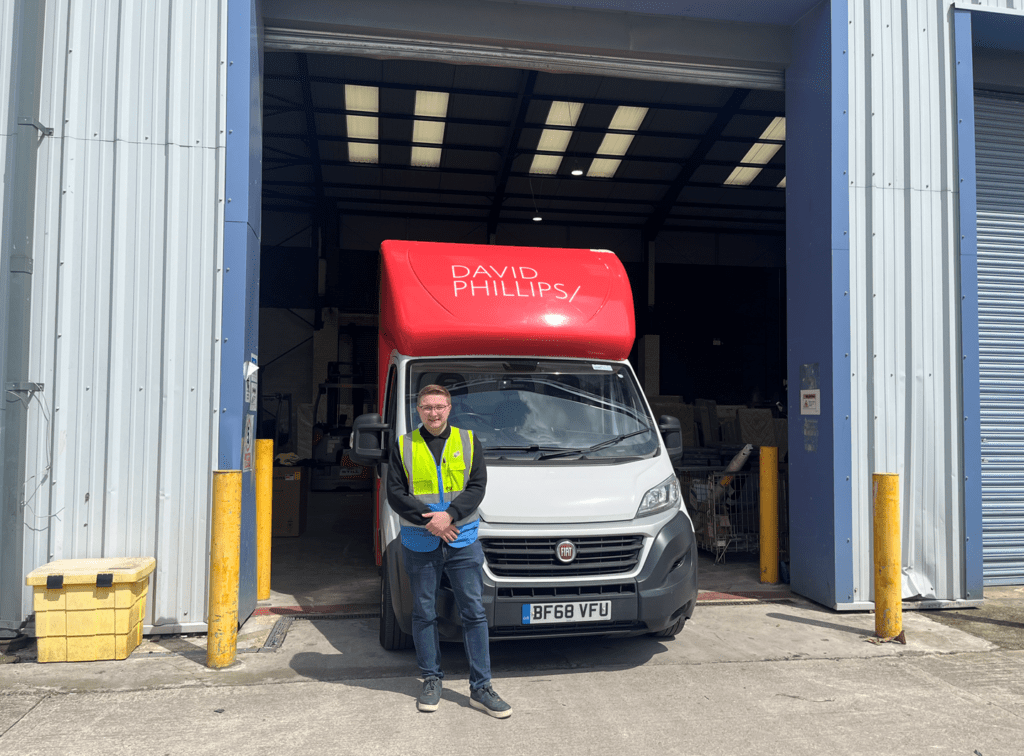
Fleet Size
LCVs 34 Luton Vans
David Phillips Furniture provides a comprehensive service for the property market and retailers, providing furniture for housing developments, student accommodation, social housing, showcase projects and those renting out properties. Its fleet is therefore used for the delivery and installation of furniture across the UK, from its two Hubs in London and Manchester.
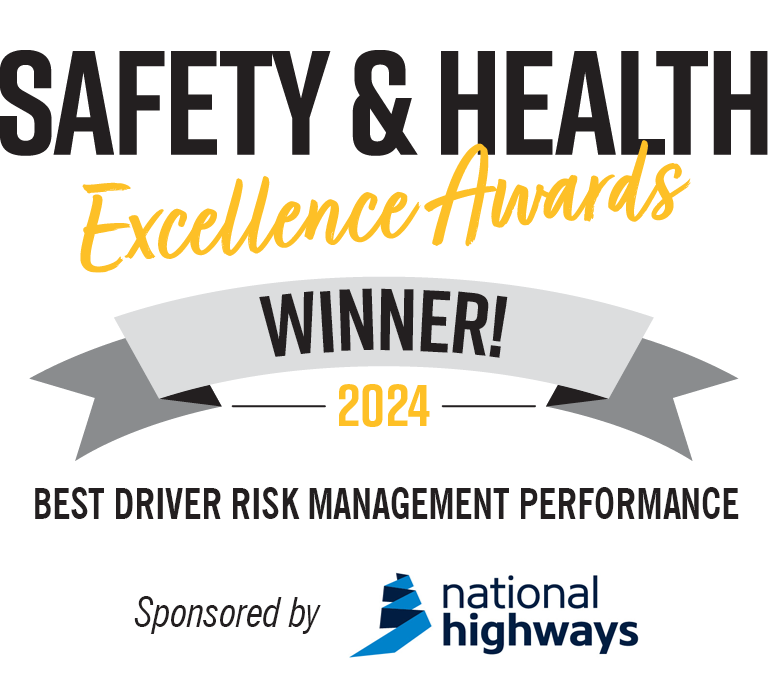
David Philips Furniture is the winner of the Safety and Health Excellence Award for Best Driver Risk Management Performance. Judges were impressed at how the installation of telematics and improvements in near-miss reporting, among a series of other driver risk management initiatives, helped this successful small business achieve an impressive 53% reduction in on-road collisions over the previous year. Additional business benefits from safer driving included average maintenance costs coming down by a third from £1700 to £1100 per vehicle, fleet insurance coming down by 12.5% saving the business a further £10,000, as well as a 19% reduction in fuel use.
Summary of Achievements
Vehicle Collisions
DOWN 53%
in just 12 months
Fleet Insurance
DOWN 12.5%
Maintenance Costs
DOWN 35%
Fuel Use
DOWN 19%
Demonstrating leadership in driver safety
“At our organisation, managing driver risk is integral to our corporate values of integrity, ambition, customer obsession, creativity, teamwork and productivity. Integrity means prioritising the safety of our team and communities. Ambition drives continuous improvement in safety standards, while our customer obsession ensures timely and satisfactory service delivery. We have driven safety initiatives like the DriveSafe Project through creativity and teamwork. We’ve enhanced productivity by minimising collisions and downtime. Managing driver risk aligns with our values, safeguarding lives, and reinforcing our dedication to excellence in service and safety.”
Benjamin Palmer
Business Change & ESG Data Manager
More details

Declaration
“At our organisation, managing driver risk is integral to our corporate values of integrity, ambition, customer obsession, creativity, teamwork and productivity. Integrity means prioritising the safety of our team and communities. Ambition drives continuous improvement in safety standards, while our customer obsession ensures timely and satisfactory service delivery. We have driven safety initiatives like the DriveSafe Project through creativity and teamwork. We’ve enhanced productivity by minimising collisions and downtime. Managing driver risk aligns with our values, safeguarding lives, and reinforcing our dedication to excellence in service and safety.”
Benjamin Palmer, Business Change & ESG Data Manager
Introduction
David Phillips Furniture drivers are typically paired together, sharing the driving, which is primarily urban, but also includes sections of the strategic road network. Routes are planned in advance by schedulers. The company decided to focus on improving driver behaviour in order to reduce on-road incidents.
Its DriveSafe project was informed by an A3 kaizen plan whereby the team captured the problem, the analysis, the corrective actions, and the action plan down on a single sheet of A3 paper. This showed that 60% of all its collisions were the product of individual driver behaviours. Its plan therefore focused on cultural transformation and retraining. All drivers underwent training for on-road standards and best practice, followed by driving assessments to ensure only low-risk drivers were permitted on the road.
Business Benefits
- 53% reduction in collisions
- Fleet maintenance costs reduced by 35% year on year
- 30% fewer vehicles needed (48 vehicles down to 34) year on year
- 12.5% year-on-year decrease in insurance premiums
- 19% fuel saving year on year
As well as the substantial benefits listed above, the company has also seen other financial, cultural and social benefits from its safety work including:
- 9.5% cut in emissions
- Better staff wellbeing, greater staff engagement and better productivity. There has been a 7% reduction in staff turnover, and a reduction in sickness rates. A greater sense of involvement and ownership has improved team members’ performance with customers and during delivery and installation, not just on the road.
- More reliable vehicles with less off-road time has improved customer service.
- Less VOR has also minimised courier costs.
- Management time has been freed up from dealing with vehicle damage and disruption from collisions to focus on more beneficial things.
Driving for Work policy
The company’s policy lays out exactly what is expected of drivers, in a wide variety of circumstances. It covers safe driving, activities to avoid while driving or in the vehicle, such as taking phone calls, eating or smoking, how to respond in an emergency or breakdown, alcohol and drug use and vehicle roadworthiness.
However the policy also makes it clear that drivers (and by extension their managers) must consider whether a journey is necessary, how far and by what route they are travelling, and to manage their fatigue levels. A minimum of two-hourly rest breaks are stipulated, along with maximum daily driving time, but the driver is expected to tell their manager if they need another break, or overnight accommodation.
David Phillips’ therefore uses the policy to make the organisations legal responsibilities clear, and how it intends to fulfil them; but also the driver’s legal responsibilities.Benjamin Palmer, Business Change & ESG Data Manager at David Phillips has ownership of the document, and makes sure that it is regularly reviewed, and that version control is exercised, so all drivers have the most recent edition.
Near-miss reporting
Near-miss reporting allowed the company to analyse and address issues which could cause collisions, before a crash occurred. This also had the benefit of directly engaging drivers in the safety process and allowing their insights to shape outcomes.
Banksman and drivers’ mates reduce the risk of collision during slow speed vehicle manoeuvres.
The company has deployed Vue driver behaviour monitoring system, which helped them to track and used to track and incentivise safe driving habits. Driver score boards were used to foster friendly competition and promote risk awareness. This also meant the company could recognise positive driving behaviour, rather than simply focus on the negative.
Recognising and rewarding exemplary performance is integral to its approach, with Driver of the Month accolades and annual awards for top-performing drivers.
Route selection
“At our organisation, managing driver risk is integral to our corporate values of integrity, ambition, customer obsession, creativity, teamwork and productivity. Integrity means prioritising the safety of our team and communities. Ambition drives continuous improvement in safety standards, while our customer obsession ensures timely and satisfactory service delivery. We have driven safety initiatives like the DriveSafe Project through creativity and teamwork. We’ve enhanced productivity by minimising collisions and downtime. Managing driver risk aligns with our values, safeguarding lives, and reinforcing our dedication to excellence in service and safety.”
Benjamin Palmer, Business Change & ESG Data Manager
Accountability
David Phillips introduced a workplace ambassador structure to enhance accountability and foster ownership among staff.
It also joined FORS, and involved its drivers in its preparation and the audit necessary for accreditation
Communication
All the policies are kept in SharePoint, so can be accessed by any staff member at any time. Any changes are communicated to staff each year at a toolbox talk.
More broadly says Ben: “Every morning, we start our meetings with a Safety Tip, Quality Tip, and a Success Story. For example: ‘Safety Tip: Reduce vehicle speed in wet conditions to avoid hydroplaning. Quality Tip Check all tools against the checklist before leaving the yard. Success Story: We successfully completed the Longstone Manor installation yesterday.’”
A weekly toolbox talk focuses on key issues, and each week Ben also shares the reports on driver telematics data. Finally the meeting will compare current monthly stats to the same period last year, charting progress in collision reduction, and also operational targets.
Ben says: “All these things make sure that we engage the team daily, call out the successes of their performance and provide reminders of how to remain safe and further improve.
Create a robust driving for work policy with our Driving for Work Policy Builder

